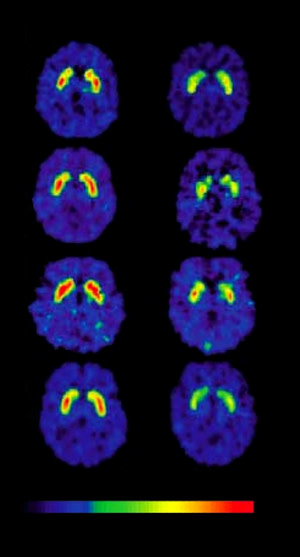A new paper offers a deeply thought-provoking perspective on the nature of addiction and how mental disorders can exist without brain diseases.
The article, from Jerome Wakefield, contains several lines of argument. One of them is an analogy, which I liked so much that I’m going to turn it into a story to start this post:
*
Once there was a newborn goose, fresh from the egg.
This young gosling, like all geese, was born with a biological mission: to imprint on something. Imprinting is an instinctive mechanism by which hatchlings learn to follow the first thing they set eyes on.
Normally, the first thing a new-born goose sees is its mother. But our hatchling is unlucky. At the very moment our gosling first opens her eyes, a fox happens to be walking past. Our young bird immediately imprints on the fox.
The rest of the brood did not see the fox. They all imprinted on the mother goose, and follow mother and live long and happy goose lives. But our unfortunate fox-imprinted hatchling is different. She ignores her mother, and instead heads straight for the next fox she sees… which is great news for the fox.

Fox_pounce
*
Wakefield introduces the concept of the fox-imprinted gosling to shed light on questions about the nature of mental disorder (including addiction). So let us suppose that we were a goose psychiatrist, trying to make sense of the behavior of the wayward hatchling.
The first question we might ask is this: does the gosling have a mental disorder?
One view would be that yes, there is a disorder. The fox-imprinted goose has an abnormal pattern of behaviour. Unlike most goslings she ignores her mother, and she approaches foxes. This behaviour is not just unusual, it’s clearly harmful (leads to being eaten).
However, one could also argue that the gosling has no disorder. The goose’s imprinting on the fox was, after all, a perfectly normal response. The goose’s brain was functioning exactly as evolution intended by imprinting on the first thing it saw. On this view, there is nothing wrong with our gosling at all. The problem is that a fox was present in the environment.
Wakefield’s key point is that these two perspectives are not incompatible.
On Wakefield’s view, the fox-imprinted goose does have a mental disorder, because once imprinted on a fox, its behaviour will continue to be abnormal even if the environment is perfectly normal after that. Even if the fox-imprinted gosling never saw another fox, she would still fail to follow her mother (and probably starve). As Wakefield puts it, the fox-fixation is internal to the gosling, even though it originated in the environment. So we can justly speak of a mental disorder.
Yet Wakefield emphasizes that the unfortunate gosling does not have a brain disorder. There was nothing wrong with her brain at any stage. In fact, if a newborn goose saw a fox and did not imprint on it, that would be evidence of a brain disorder. Imprinting is part of the goose brain’s function.
*

Volkow has shown that drug use damages the brains of addicts. As these brain scans show, addicts have fewer D2 receptors, proteins that regulate dopamine. This results in a decreased sensitivity to normal pleasures — and a greater dependency on the high the drug provides. Science Source
In the fox-imprinting analogy, and the rest of the paper, Wakefield brilliantly explains how it is possible for a pattern of behaviour to be pathological, without being associated with a “brain disorder”. Of course, any given behaviour might be the product of a brain disorder. Wakefield is not saying that this never happens, but is pointing out that we can’t assume that it is necessarily the case.
In particular, Wakefield exposes the false dichotomy in which addiction is seen as either “a choice” or “a brain disease”. The debate over this question has been long and heated, but in Wakefield’s view, both sides are misguided. He proposes that
[Biomedical theorists of addiction as a ‘brain disease’] are right that addiction is a medical disorder but wrong about it being a brain disorder, and the critics are right that addiction is not a brain disorder but wrong about addiction therefore being simply a matter of normal problematic but nondisordered choice functions exercised under unusual circumstances.The middle ground is that addiction comes about due to evolutionarily novel inputs to the brain that cause a true harmful psychological dysfunction of choice mechanisms that were not designed for these inputs – thus there is a medical disorder – despite there being no underlying brain disorder.
To put it another way, we could loosely compare an addict to a goose who gets imprinted on the wrong thing.
Wakefield points out that if this view is correct, we cannot blame either addicts, or their brains, for their predicament. An addiction is a mental disorder which is internal to the addict, but it originated outside. The fault lies firmly with the society which allows addictive “foxes” to run wild:
The primary direct social factor in creating the phenomenon of addiction is the social creation and availability of evolutionarily novel addictive substances and activities that are capable of producing addiction… most addicted individuals would be fine in evolutionarily expectable environments.
In my view, this is one of Wakefield’s most important papers, and I say that as someone who has long admired his work. The focus of the article is addiction, but it could also help to illuminate debates over other mental disorders. I’d urge anyone with an interest in the philosophy of medicine to give it a look.


